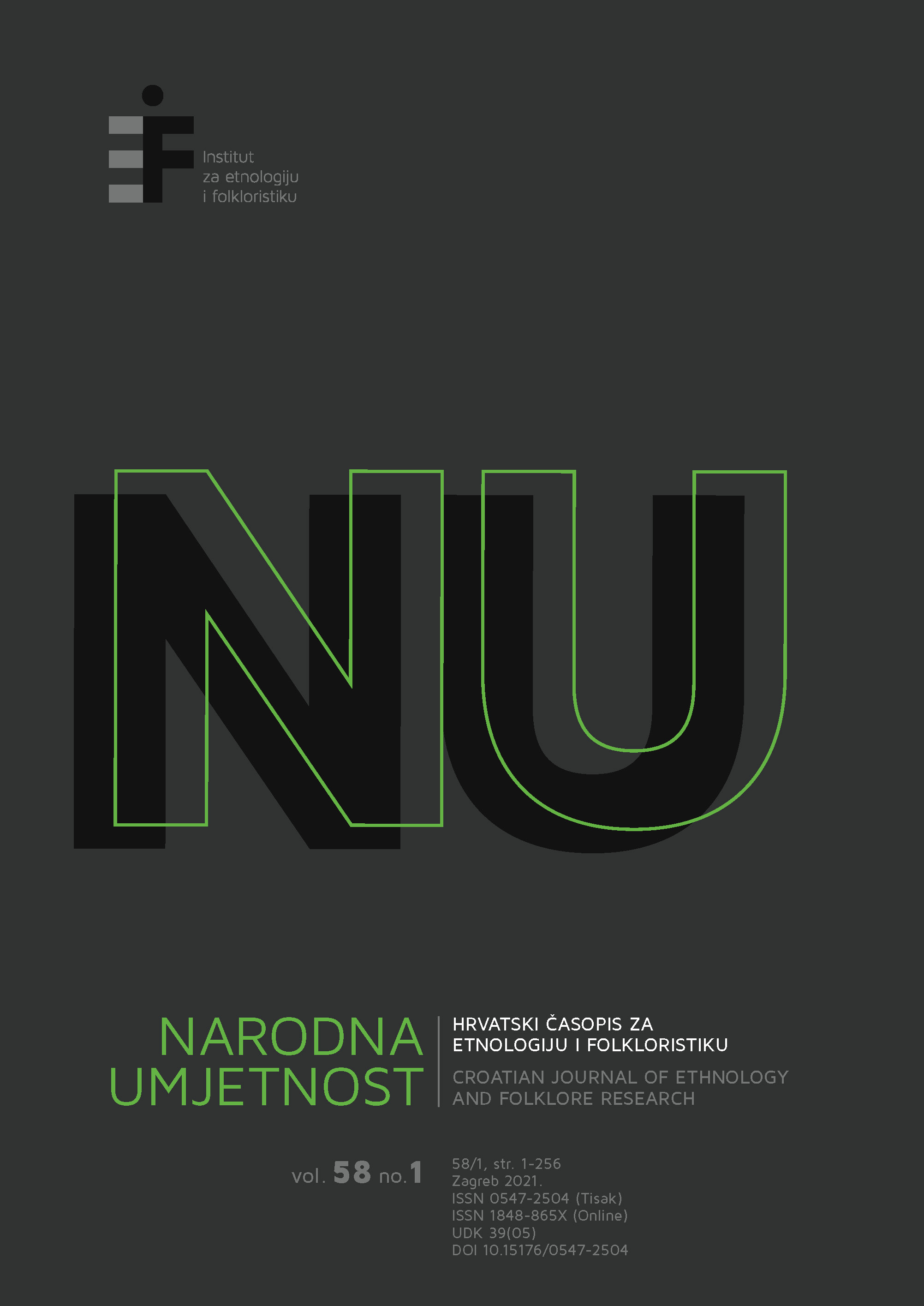The Plage, Kontumazen and Quarantine: Epidemiological Measures in the Military Frontier in the 18th and 19th Century
Abstract
Since the middle of the 18th century, the Austrian Military Frontier had a permanent cordon sanitaire to prevent the spread of contagious diseases, particularly the plague, from the Ottoman Empire to the territory of the Habsburg Monarchy. It was a unique system of land quarantine with a chain of blockhouses (chartaques, čardaci), built in a continuous line from Bijeli Vrh in Lika to the Carpathians, with geostrategically located quarantine stations (called kontumaci and raštele) as border crossings. All traffic and trade from the neighboring Bosnia and Serbia through the Military Frontier was subject to a rigorous regime of epidemiological measures implemented in the quarantine stations by specialized sanitary personnel. Based on “potential infection” of travelers and goods, the personnel imposed a quarantine of between 10 and 42 days. Direct control of the border, the so-called “cordon service”, was primarily maintained by the members of Seressaner Corps who, unlike other Military Frontier troops, wore folk costumes rather than the Austrian military uniform. In case of the highest degree of danger, when there was direct threat of contagion from the Ottoman Empire, the border guards were under orders to shoot dead and burn anyone crossing the border illegally. However, despite these drastic measures, cross-border trade gradually increased in the early 19th century, and there was no significant decline in illegal border crossings and migrations.
Keywords: cordon sanitaire, contagious diseases, Seressaner, chartaque, Austro-Ottoman trade

